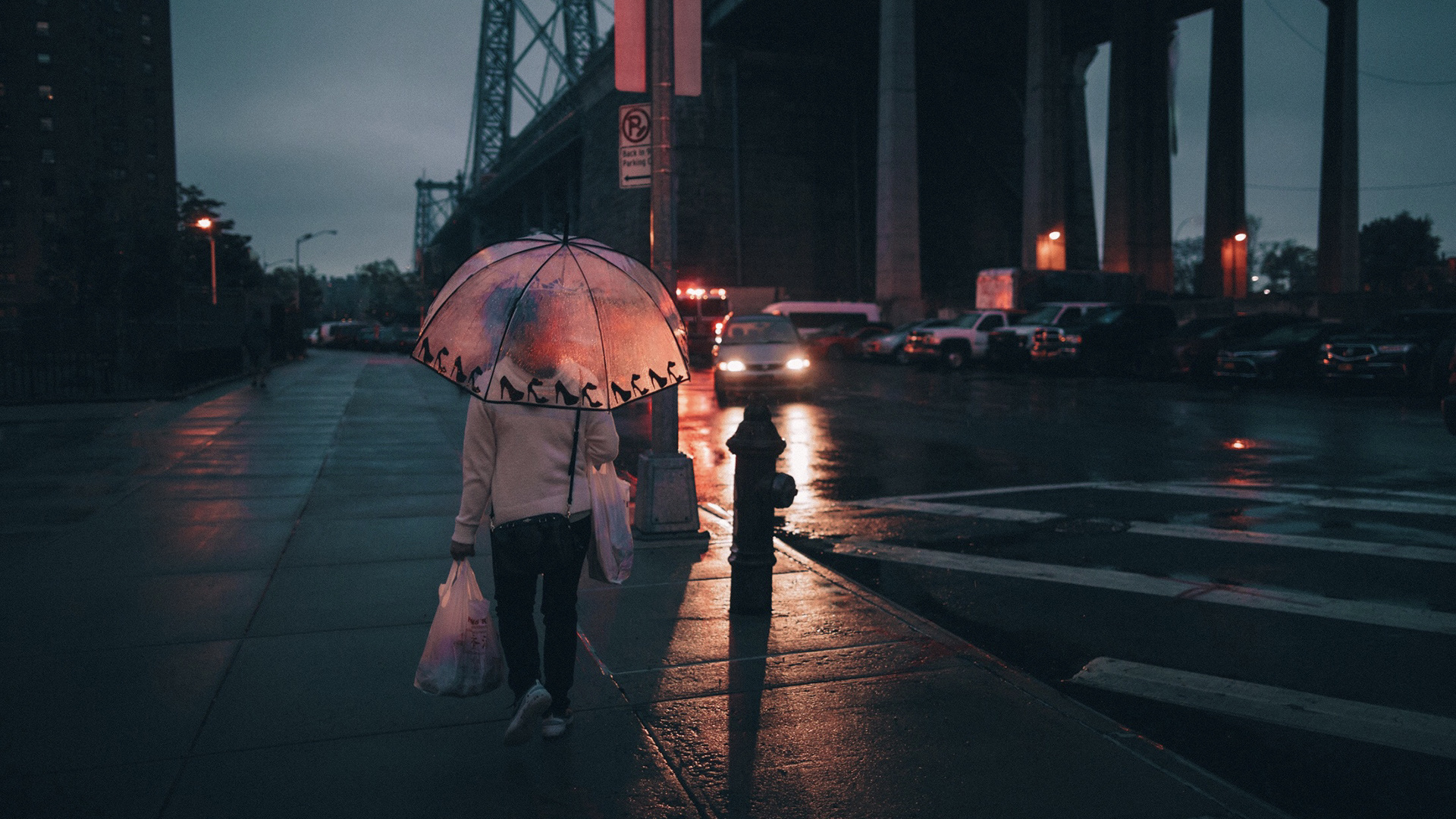Our Street Photographers PDFs
Table of ContentsIndicators on Street Photographers You Need To KnowGetting My Street Photographers To WorkThe Definitive Guide for Street PhotographersThe Of Street PhotographersStreet Photographers for Beginners
Road professional photographers do not always have a social function in mind, but they like to isolate and record moments which could otherwise go undetected.He was affected by many of those that affected the street digital photographers of the 1950s and '60s, he was not chiefly interested in recording the spirit of the street. The impulse to aesthetically record individuals in public started with 19th-century painters such as Edgar Degas, douard Manet, and Henri de Toulouse-Lautrec, that worked side by side with photographers attempting to capture the significance of city life.
Due to the fact that of the relatively primitive innovation readily available to him and the long exposure time required, he had a hard time to record the hustle and bustle of the Paris streets. He explore a collection of photo methods, attempting to discover one that would enable him to record activity without a blur, and he found some success with the calotype, patented in 1841 by William Henry Fox Talbot. In contrast to Atget, professional photographer Charles Marville was worked with by the city of Paris to develop an encyclopaedic record of Haussmann's urban planning job as it unfolded, therefore old and new Paris. While the professional photographers' topic was basically the exact same, the outcomes were substantially various, showing the influence of the digital photographer's bent on the personality of the photos he created.
Given the fine high quality of his pictures and the breadth of product, architects and artists commonly acquired Atget's prints to use as reference for their own job, though business passions were hardly his main motivation. Instead, he was driven to photo every last residue of the Paris he liked. The mingled enthusiasm and necessity of his goal sparkle through, causing pictures that tell his very own experience of the city, top qualities that prepared for road digital photography of the 20th century.
Street Photographers for Dummies
They reveal the city via his eyes. His job and fundamental understanding of digital photography as an art type functioned as motivation to generations of photographers that adhered to. The future generation of road professional photographers, though they likely did not refer to themselves therefore, was ushered in by the photojournalism of Hungarian-born digital photographer Andr Kertsz.
Unlike his peers, Brassa used a larger-format Voigtlnder cam with a much longer exposure time, requiring him to be more computed and thoughtful in his practice than he might have been if making use of a Leica.
Cartier-Bresson was a champ of the Leica imp source video camera and among the initial professional photographers to optimize its capacities. The Leica allowed the professional photographer to connect with the surroundings and to catch moments as they took place. Its reasonably small dimension additionally helped the professional photographer discolor right into the history, which was Cartier-Bresson's recommended approach.
Not known Factual Statements About Street Photographers
It is due to the fact that of this basic understanding of the art of picture taking that he is often credited with discovering the medium throughout again about a century considering that its invention. He took photographs for more than a half century and affected generations of digital photographers to trust their eye and instinct in the moment.
These are the questions I shall try to respond to: And then I'll leave you with my own definition of road photography. Yes, we do. Let's start with specifying what a meaning is: According to (Street Photographers) it is: "The act of defining, or of making something precise, distinctive, or clear"
No, absolutely not. The term is both limiting and deceiving. Sounds like a road photography need to be pictures of a streets appropriate?! And all street photographers, besides a handful of outright novices, will totally value that a street is not the crucial component to road photography, and in fact if it's a photo of a street with perhaps a few uninteresting people not doing anything of rate of interest, that's not road photography that's a photo of a street.
The Basic Principles Of Street Photographers
He basics makes a legitimate factor don't you think? Nonetheless, while I concur with him I'm uncertain "candid public digital photography" will certainly catch on (although I do kind of like the term "candid digital photography") due to the fact that "street photography" has been around for a lengthy time, with several masters' names affixed to it, so I believe the term is right here to remain.
You can fire at the coastline, at a festival, in an alley, in a park, in a piazza, in a cafe, at a gallery or art gallery, in a city terminal, at an event, on a bridge, under a bridge ...
Yes, I'm afraid we scared no choice! Without regulations we can not have a definition, and without a definition we don't have a category, and without a style we do not have anything to define what we do, and so we are stuck in a "guidelines meaning category" loophole!
Street Photographers Things To Know Before You Get This
